Addicted at an early age
It’s hard to believe that the first portable laptop was created only 30 years ago, a chunky device with limited internet use. As the world has evolved with technology, KSD has integrated it into their programs. But at what age is it ethical to introduce devices to students? At first, Kirkwood introduced devices to high school students, eventually working its way down to preschool. KECC has begun incorporating iPads into their curriculum, leaving the question open to interpretation.
KHS has updated its technology for students over the past three years by going from iPads to laptops and switching security systems. Dr. Michael Havener, KHS principal, said the change has greatly benefited students.
“We chose [Apple] laptops because they give teachers and students more of a variety of learning materials, such as iMovie and iBooks,” Havener said. “Laptops allow students to get instant feedback from their teachers, which is great for communication.”
According to Havener, laptops were given to students in hopes that they would provide them with more opportunities, equipped with a security system to prevent them from misusing them. Still, the system was not perfect, and some students took advantage of that.
“About two years ago, there was a breach in our security system. Some students used their laptops for non-educational purposes,” Havener said. “As a result, we got a new system firewall, Securly, which is like the gatekeeper to the internet. This makes internet access more restricted while still giving students the materials [they need] to use it for classes.”
Along with parental discussions, Havener said KSD introduced digital citizenship lessons to ensure students’ safety online. He believes they are important to maintain proper internet ethics within students’ usage of their laptops.
“Some of the lessons we teach may seem very basic, but sometimes the basics are what people need to be reminded of,” Havener said. “You think you’re a professional when you’ve been using the internet for so long, but you forget that it can be dangerous.”
According to Havener, his daughters’ use technology at home for math equations that give them instant feedback on their answers. He believes, if monitored, technology should be introduced to students in kindergarten.
“In elementary school, students are working on forming stories and paragraphs whereas in high school students are writing seven-page essays,” Havener said. “It’s a different world. Students under middle school don’t have as big of a need for technology as high school students, but we still want to prepare them for the everyday world.”
Dr. Bryan Painter, assistant superintendent of curriculum and instruction for KSD, has helped form the technology plan the district has today. He believes, although the process was long and difficult, the current result of technology in KSD is a great accomplishment.
“About eight years ago, our former superintendent was very passionate about the growth of technology. They wanted to integrate it in the KSD curriculum to give each student, no matter the family or financial situation, access to technology for school use,” Painter said. “We first used iPad minis, but over the past few years have upgraded to laptops for upper-grade level students because they need more memory.”
If a 2-year-old can use a phone to FaceTime their grandparents, what’s the harm in that?
— Dr. Bryan Painter
According to Painter, laptops are not completely better than iPads. He said they each have their benefits, but certain devices work better for different ages. Along with this renovation of devices, KSD also introduced new WiFi and routing devices to schools.
“Along with the new laptops, over the past years we’ve purchased new software and updated our WiFi routers and locations,” Painted said. “We’ve improved the bandwidth of our WiFi, which gives us more room to have many students online at once. This is especially useful during EOC testing or Map Testing when hundreds of students are online at once.”
Once KHS replaced their iPads with laptops, the old devices were given to KECC classrooms. Although some parents questioned at first whether the students should have access to this, Painter believes it is very beneficial for students to be introduced to technology early on.
“At KECC, there are about six to eight iPads in a 20-kid classroom. I don’t think it matters how long students are on their devices as much as what they are doing,” Painter said. “If a 2-year-old can use a phone to FaceTime their grandparents, what’s the harm in that? As long as parents are aware of moderation at home, technology can be very beneficial.”
Painter said there are just as many benefits as there are downsides to technology. Although it can be dangerous if students don’t take the proper precautions, he believes KSD’s digital citizenship lessons can counteract that.
“We would never put kids in harm. Technology is given to students for learning opportunities and, if misused, they will be taken care of,” Painter said. “Some schools may disagree, but I believe 3-year-olds should be able to learn how to use technology healthily early on so they can use it to benefit their learning experiences.”
Melinda Heaton, KECC teacher and member of the KSD Technology Committee, has advocated for better technology in her classrooms of students ranging from ages 3 to 5. She believes technology is shaping the future, so students need to be introduced to it as early as possible.
“I have my students use iPads to participate in active lessons with me for about 45 minutes per day,” Heaton said. “In the past 11 years I have been using technology directly with kids, I have never had any parents have issues with it. I think they realize this is the way the future is going, so it’s better to start having kids get familiar with technology as soon as possible.”
The total amount allocated to the KSD technology budget annually is around 2.8 million dollars. Heaton has worked directly with school board officials, such as Painter, and other representatives in the KSD to improve the use of technology in the district, but specifically at KECC. Although the preschool usually gets retired devices from other Kirkwood schools, she is grateful for being able to use technology in the classroom.
“About two or three years ago, I went to the school board and asked them to give KECC old devices that they weren’t using at other schools. They let me use my classroom as a trial run for technology with kids,” Heaton said. “Although I love the idea of it, there are other teachers here that want to keep their whiteboards and teach kids in more of an old-school way. I hope the district can accommodate KECC with variations of technology so each teacher can feel comfortable.”
Heaton has given presentations to other teachers in KSD about the benefits of using technology in classrooms. Stephanie Kane, Rockwood Parent Educator and PAT Supervisor, has also given similar presentations to parents of students at KECC. According to one of Kane’s presentations, over an hour of screen time a day from children of two to five years old can cause excess levels of dopamine in the brain. This highly increases the risk of severe behavioral issues, ranging from sleeping disorders to depression. Heaton believes these studies may justify certain concerns of children using technology, but moderation can prevent that.
“Moderation is key in technology with kids. If you are giving them a set time limit for educational use, they can only benefit from that,” Heaton said. “No matter how much people want or miss the old-school way, technology is evolving and society is evolving around it. We need to prepare kids for it as early as possible, even in preschool. This is the future; we can’t keep our kids from it. We can only prepare them and hope they use it to shape society even more for the better.”
Your donation will support the student journalists of Kirkwood High School. Your contribution will allow us to purchase equipment and cover our annual website hosting costs.

she/her
Favorite musical artist: Post Malone
Favorite quote: "Yeah, you pulled an all nighter. An all nighter in bed." - Tom Mueller
Favorite...



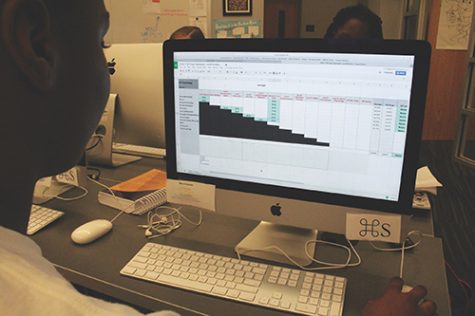

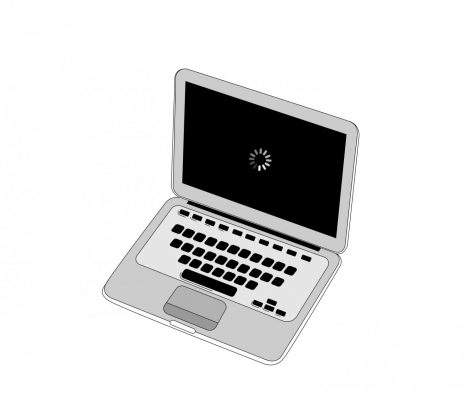
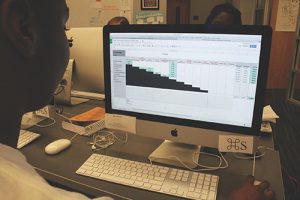

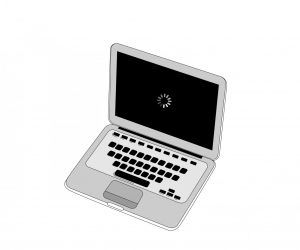








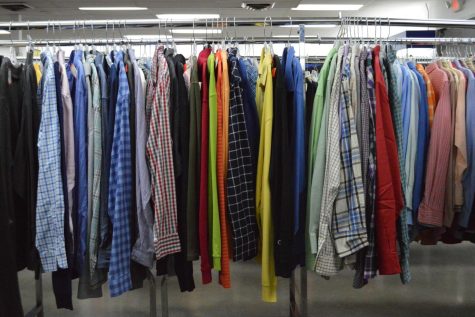
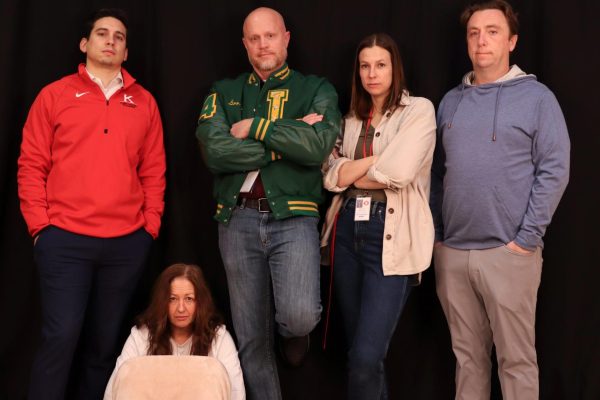

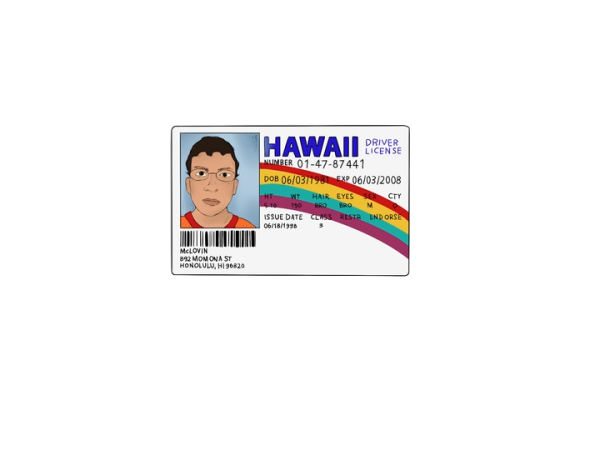



Jody Davis • Mar 24, 2020 at 8:58 pm
Very interesting article. Thank you for the insight in Kirkwood’s proactive plan with technology for all ages.